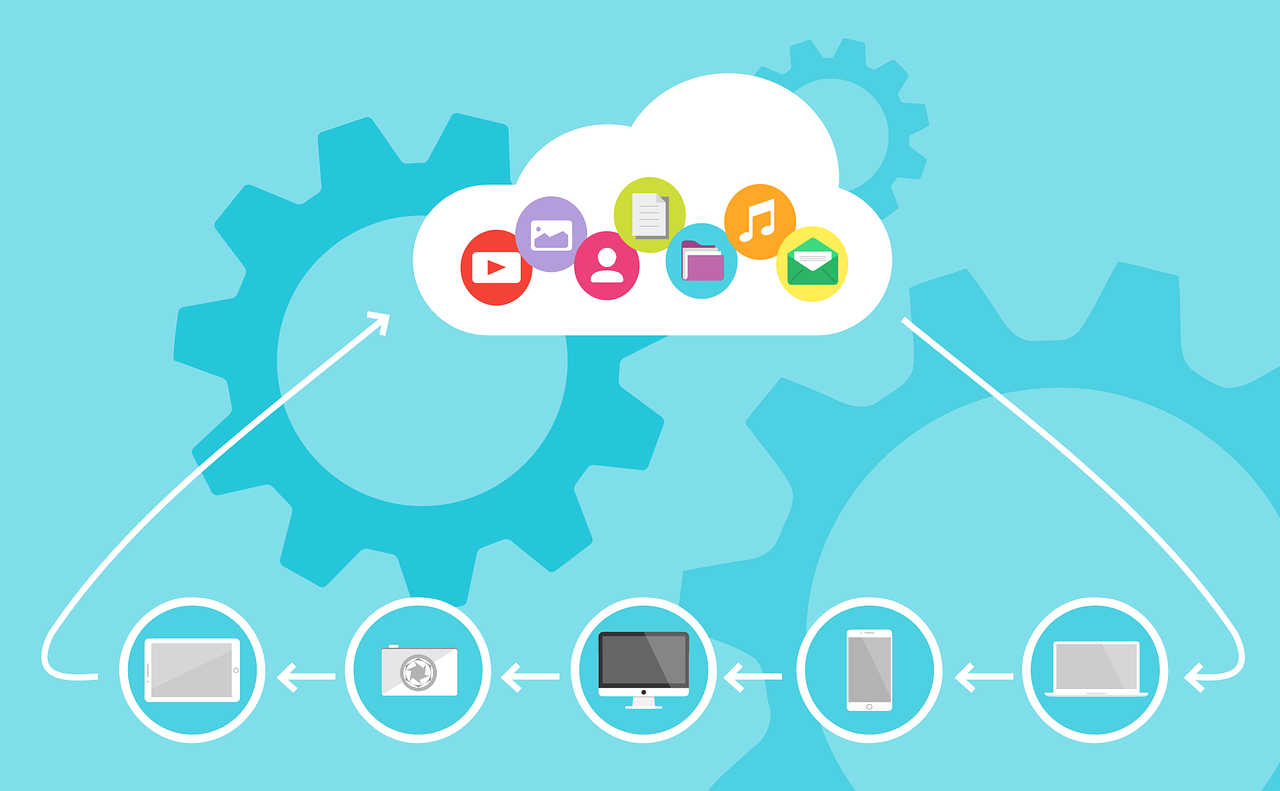In 2020, Cloud Computing will continue to develop and evolve. Some trends will continue, but others will tend to fade. In order to prepare your business well for the coming year, and to better choose the components of your Cloud strategy, we offer you a list of predictions …
The rise of hybrid cloud and multi-cloud
By 2020, many companies can be expected to turn to the hybrid cloud . For good reason, being able to alternate between public and private cloud as needed is now seen as the ideal compromise .
According to Brian Wood, Director of Cloud Marketing at Teradata, companies will diversify their IT portfolios to combine already existing on-premises systems with Cloud deployments for new projects.
According to Bruce Milne, VP and CMO of Pivot3, the hybrid cloud will however be redefined by the software . Hardware will still be needed, but can be located anywhere. The software will take care of the coordination.
Meanwhile, SnapLogic’s CTO, Craig Steward, expects multi-cloud to become more popular than ever. For good reason, companies are increasingly turning to different Clouds to meet different needs .
However, InfluxData co-founder Paul Dix does not share this enthusiasm for multi-Cloud. According to him, the development of a multi-cloud environment requires far too much effort to be profitable …
Cloud and artificial intelligence
Artificial intelligence and Machine Learning will be combined with the Cloud to automate and simplify deployments in 2020.
Artificial intelligence is notably used for networking . Technology makes it possible to develop better networks and take advantage of insights to optimize the use of these networks. For example, it is possible to optimize energy consumption by automating maintenance tasks.
In addition, “explainable” artificial intelligence will allow the emergence of cloud-based AI services. For good reason, this explicable AI makes it possible to deal with concerns related to the ethics of artificial intelligence. All cloud giants such as Google, Microsoft and Amazon now offer “explainable AI” type functionality for their AI tools and this trend will continue in 2020.
We can also expect Google to incorporate artificial intelligence into its cloud tools like Google Drive. For example, an AI system to automatically sort files and folders could be created. Automatic correction on Google Docs should also become general, while a chatbot could be incorporated into the G-Suite…
The hype around Kubernetes is running out of steam
In 2020, deployments and management of Kubernetes clusters should be simplified to the extreme thanks to the appearance of open-source tools created for this purpose. These tools will respond to an increasingly pressing need in businesses.
Kubernetes should also continue its breakthrough in the coming year , and many companies will continue to explore the possibilities offered, such as the creation of serverless applications or the automation of data orchestration. New features could also be added.
Nevertheless, some companies might wonder if Kubernetes is really suited to their needs . Besides being currently complex to manage, this tool could also present security risks as it gains popularity.
An unprecedented security disaster?
In 2020, it is quite possible that a massive security breach will sow confusion in the Cloud Computing market. If this disaster occurs, billions of users could be at risk of losing their data .
Cloud providers will therefore need to review their approach to security . For example, the requirements for strong passwords may be increased and triple-factor authentication may become the norm.
The architecture of hybrid environments could also be revised to better separate data between Cloud and on-premises environments. Many companies could also move away from outsourcing to train their own teams of in-house cloud specialists.
In this context, we can also expect that the main service providers will decide to acquire small startups specializing in cloud security . They will then be able to offer new services focused on security…
A fully open source cloud
Obviously, Open Source will continue to dominate the Cloud in 2020. Going further, we can even expect that the Cloud will rely entirely on Open Source software by the end of 2020.
Companies specializing in Open Source, for their part, could launch cloud services to monetize their software . While paid training and after-sales service are no longer profitable enough, this strategy could be the most judicious. This is predicted by Evan Kaplan, CEO of InfluxData.
Edge Computing integrated into Cloud services
According to Michael Kollar, CDO at Atos North America, we can expect Edge Computing to be integrated into the main cloud services in 2020 . The functions traditionally reserved for the Data Center, such as calculation or data analysis, could be performed at the edge of the network.
For example, an Edge device can take photos of products on the production line and compare them with images of products that are working properly. If a problem is detected, it can be resolved in real time. This will allow analysis of data in real time, improvement of product quality, increase in revenue and customer satisfaction, and lower costs.
Discover more from TechResider Submit AI Tool
Subscribe to get the latest posts sent to your email.
